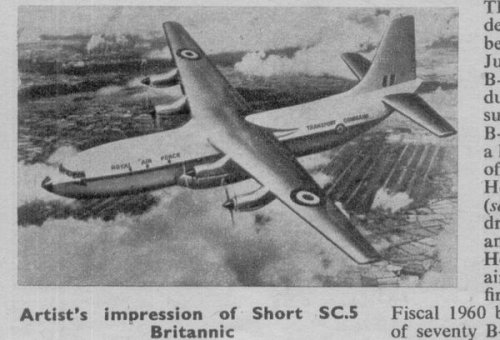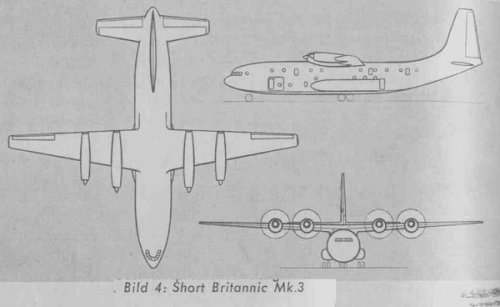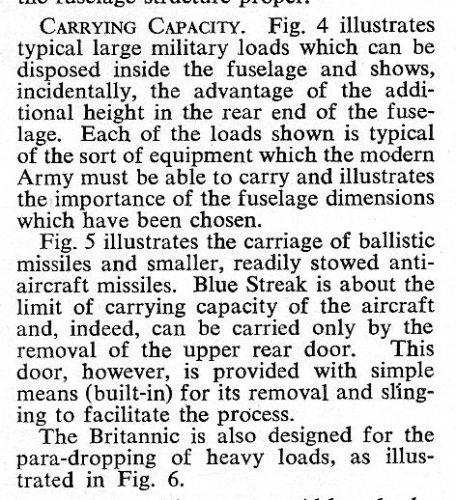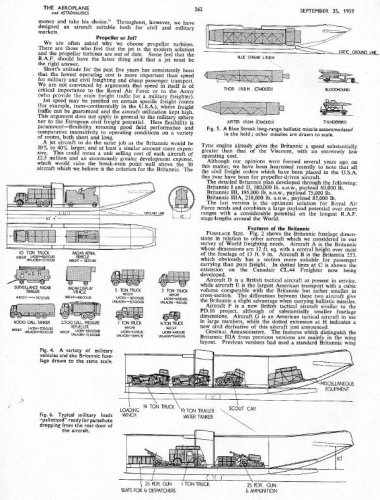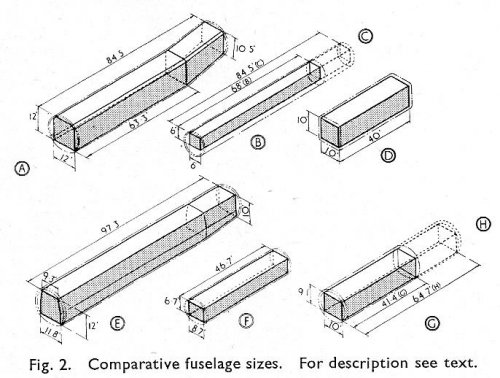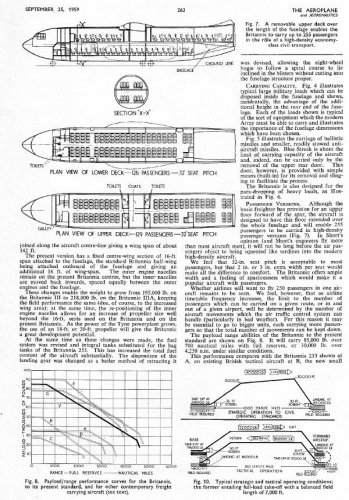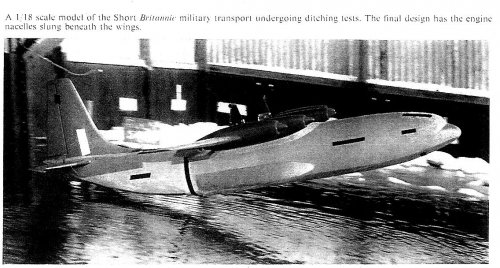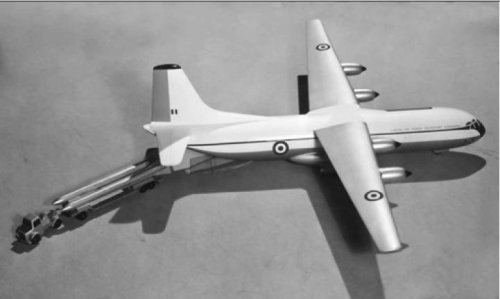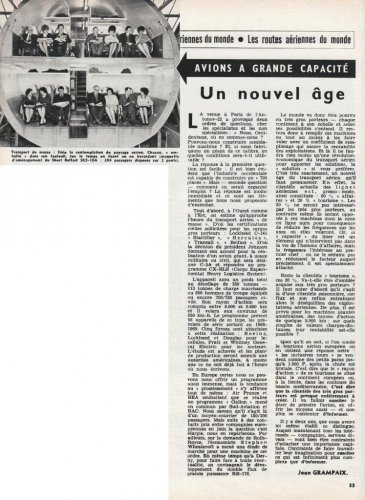- Joined
- 3 January 2006
- Messages
- 1,087
- Reaction score
- 656
Some people might take exception to putting a thread about an extant aircraft into an unbuilt sub-forum.
The reality is that the Belfast was a design with tremendous undeveloped potential - a point that will be demonstrated by the 17,000km ferry flight of one of the last two airworthy examples.
http://www.flightglobal.com/Articles/2007/01/04/Navigation/177/211367/Picture+Second+Shorts+SC-5+Belfast+oversized+freighter+restored+for+17%2c000km+ferry+flight+and.html
The great irony is that the modern A400M in very similar in to the Belfast in terms of payload, internal dimensions and range capabilities, albeit superior in speed and take-off performance by virtue of swept wings and turboprops with nearly twice the rated horsepower!
The reality is that the Belfast was a design with tremendous undeveloped potential - a point that will be demonstrated by the 17,000km ferry flight of one of the last two airworthy examples.
http://www.flightglobal.com/Articles/2007/01/04/Navigation/177/211367/Picture+Second+Shorts+SC-5+Belfast+oversized+freighter+restored+for+17%2c000km+ferry+flight+and.html
The great irony is that the modern A400M in very similar in to the Belfast in terms of payload, internal dimensions and range capabilities, albeit superior in speed and take-off performance by virtue of swept wings and turboprops with nearly twice the rated horsepower!



